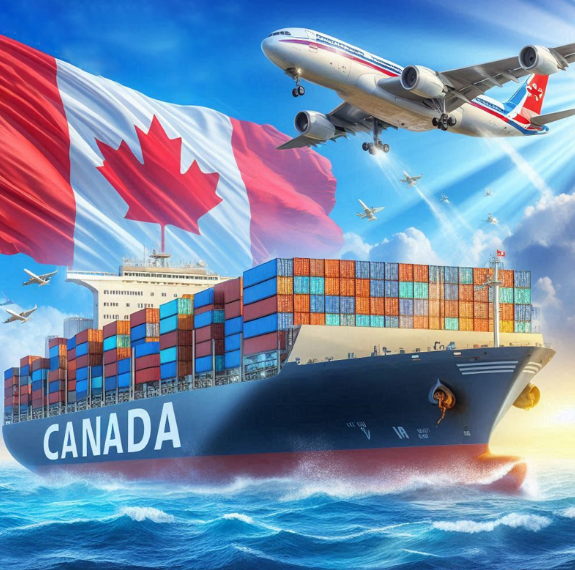Overview of Shipping Routes
When considering shipping from China to Canada, the key options are air freight and ocean freight. Each mode has its unique advantages and tailored use cases, depending on the urgency and volume of shipments.
Air Freight: Speed Over Cost
Air freight is the fastest method for transporting goods between China and Canada. Major airports such as Beijing Capital International and Shanghai Pudong International connect directly to Canadian hubs like Toronto Pearson and Vancouver International. The average transit time for air shipments is between 3 to 5 days, but this speed comes at a higher cost. Prices for air freight can range from $5 to $8 per kilogram, influenced by seasonal demands and fuel prices.
Key Carriers and Routes
Leading airlines such as Air China, China Eastern Airlines, and Air Canada offer dedicated cargo services, providing reliability and frequency in schedules. Their operations cover extensive network routes, ensuring that even the most remote Canadian destinations are reachable via major city transfers.
Ocean Freight: Economical for Bulk Shipments
For larger, less time-sensitive shipments, ocean freight presents a cost-effective solution. Major Chinese ports like Shanghai, Ningbo, and Shenzhen offer regular services to Vancouver and Halifax, with average transit times ranging from 12 to 30 days depending on the specific route and vessel speed.
Container Costs and Sizing
Standard container rates vary widely, from $1,200 for a twenty-foot container to upwards of $2,500 for a forty-foot container during peak season. These rates are subject to international shipping laws, fuel adjustments, and maritime security measures, which can affect overall pricing.
Consolidation and Full-container Load Options
Less-than-container load (LCL) options are available for shippers not requiring a full container, providing flexibility and cost reductions. Full-container loads (FCL), on the other hand, offer exclusivity and security for larger shipments.

Customs and Compliance: Ensuring Smooth Transit
Navigating the customs regulations in Canada is critical for ensuring a seamless shipping process. Both countries enforce strict import/export guidelines that require accurate documentation and compliance with international trade laws.
Documentation Requirements
Essential documents include the commercial invoice, bill of lading, and the certificate of origin, which must be meticulously filled to avoid delays or penalties. Canadian customs also require specific declarations and cargo inspections, which can impact the total transit time.
Choosing the Right Partner: Logistics Providers
Selecting a reputable logistics provider is crucial. Companies like DHL, FedEx, and UPS offer end-to-end services that include customs brokerage, real-time tracking, and comprehensive logistics management. These providers streamline the shipping process, making it efficient and less prone to errors.
Future Trends in Sino-Canadian Shipping
With increasing trade volumes and economic ties between China and Canada, shipping strategies continue to evolve. Technological advancements such as blockchain for documentation verification and AI for route optimization are set to revolutionize the industry, making shipping faster and more reliable.
To explore more about shipping from china to canada, partnering with a logistics provider that aligns with your shipping needs is essential for navigating the complexities of international trade efficiently.